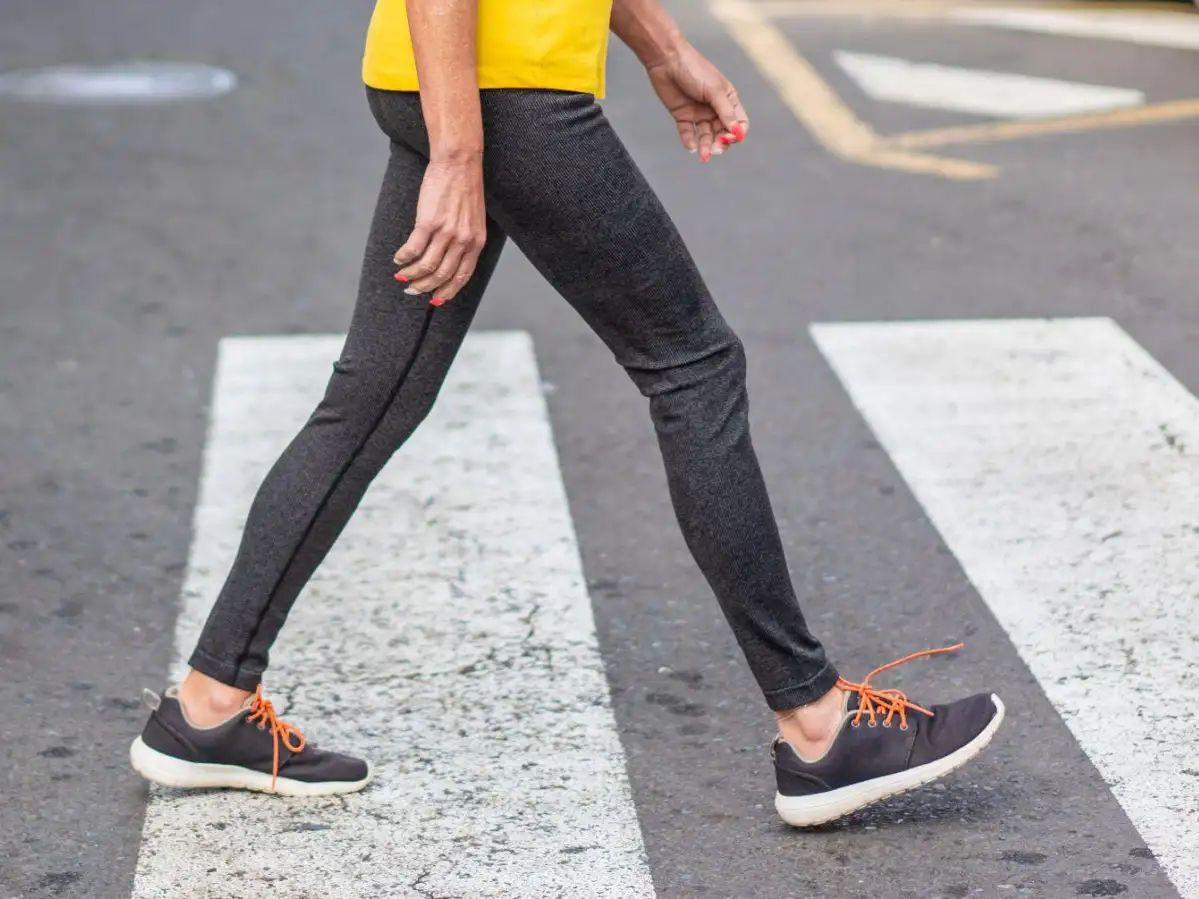Walking with irregular strides may help you burn more calories | New Scientist
A new revelation offers hope for people struggling to find time for exercise in their busy schedules. Experts claim that a simple change in your walking pattern can increase calorie burn.
Small Changes, Big Impact
According to a study from the University of Massachusetts Amherst, incorporating uneven strides while walking can significantly boost metabolism. This simple adjustment could be revolutionary for those seeking to improve their fitness through daily activities.
The research, detailed in the Daily Mail, highlights that non-uniform strides can increase metabolic rate more effectively than a consistent stride. This means that by varying your steps, you can burn more calories without dedicating extra time to your exercise routine.
Research Details
Researchers led by Adam Grimmitt explored the effects of stride variation on metabolism. They conducted their study with 18 healthy, 24-year-old adults who weighed an average of 155 pounds. Initially, participants walked on a treadmill using their natural stride for five minutes.
In the next phase, they were asked to walk with strides 5% to 10% shorter or longer than usual. Carbon dioxide levels, indicative of exercise intensity, were measured throughout this process.
Metabolic Boost from Variability
The study’s findings were significant. A modest 2.7% increase in stride variability resulted in a 1.7% boost in metabolism. This suggests that even small changes in walking patterns can enhance calorie burning.
“Step length variability plays a modest, albeit significant role in the metabolic cost of walking,” the researchers stated.
Practical Implications
This discovery opens up exciting possibilities for people who find it challenging to set aside time for regular exercise. By simply altering their walking patterns, they can improve fitness without a significant time investment.
Adam Grimmitt emphasized, “I think it would be fair to assume that more frequent and larger variations in stride length would increase your metabolic rate while walking.”
Future Research Directions
Researchers are also looking into how these findings can benefit older adults, potentially aiding in energy conservation rather than just calorie burning.
“Future studies should quantify foot placement accuracy and muscle activity across similar virtual projections,” the researchers noted. This indicates a broader scope of future research, aiming to optimize walking patterns for different age groups and health objectives.
Conclusion
In summary, a simple adjustment to your walking stride can make a substantial difference in your metabolic rate and calorie burn. This research from the University of Massachusetts Amherst underscores the potential of small changes in daily routines to yield significant health benefits.
This innovative approach offers a practical solution for those looking to enhance their fitness without major lifestyle changes. As more studies explore the benefits of stride variability, we may see new guidelines for walking that cater to different needs and age groups.
#FitnessHack #WalkToFit #CalorieBurn #HealthyLiving #MetabolismBoost
